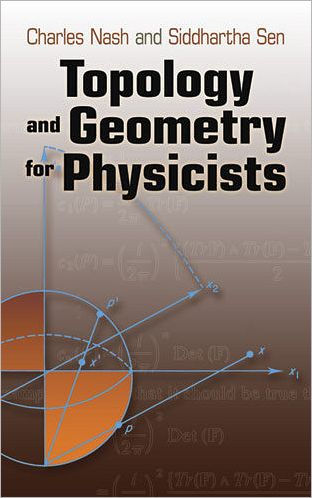5
1

Topology and Geometry for Physicists
320
Topology and Geometry for Physicists
320Paperback(Reprint)
$16.95
16.95
In Stock

Product Details
| ISBN-13: | 9780486478524 |
|---|---|
| Publisher: | Dover Publications |
| Publication date: | 02/17/2011 |
| Series: | Dover Books on Mathematics |
| Edition description: | Reprint |
| Pages: | 320 |
| Sales rank: | 788,609 |
| Product dimensions: | 5.30(w) x 8.40(h) x 1.00(d) |
About the Author
From the B&N Reads Blog
